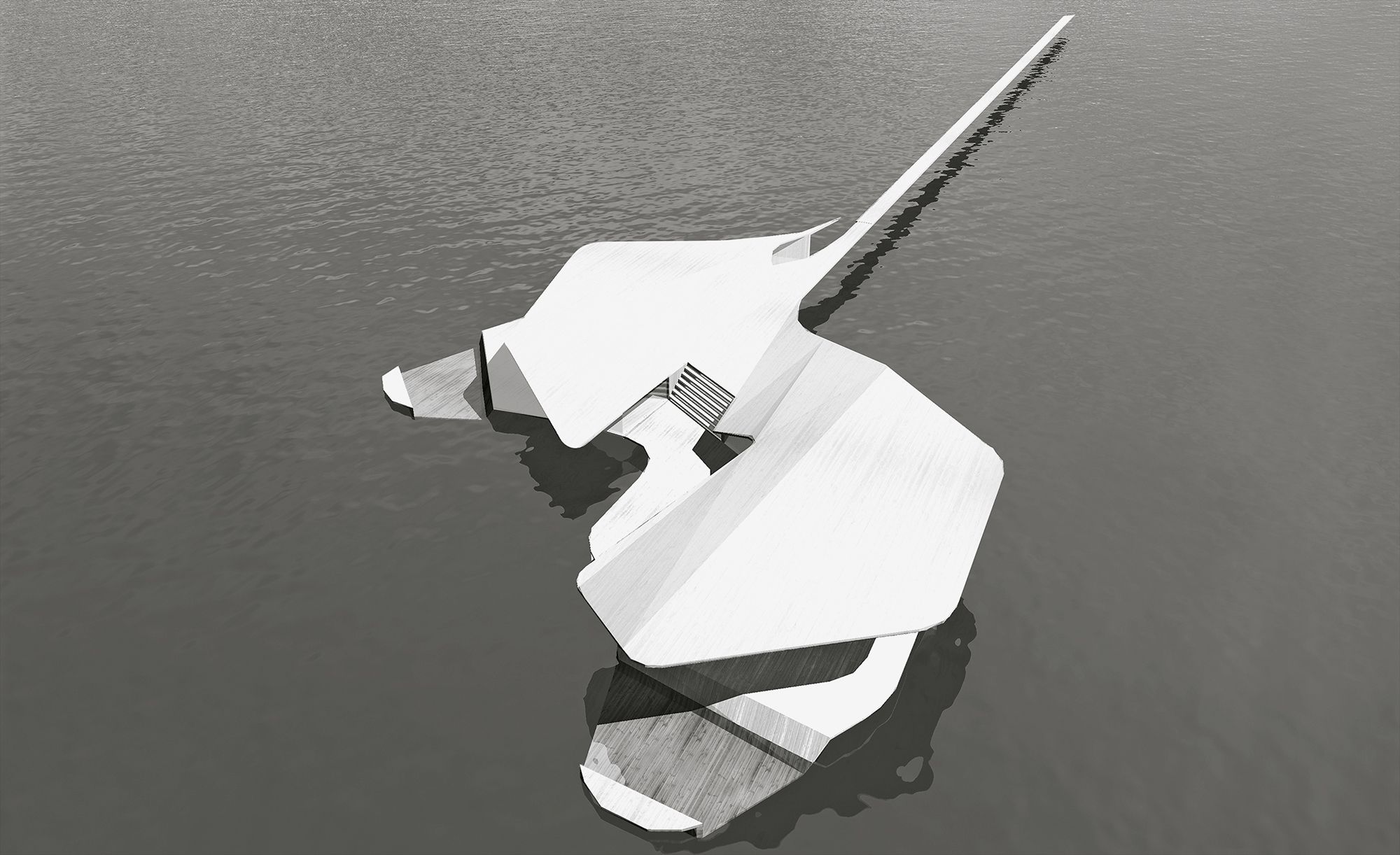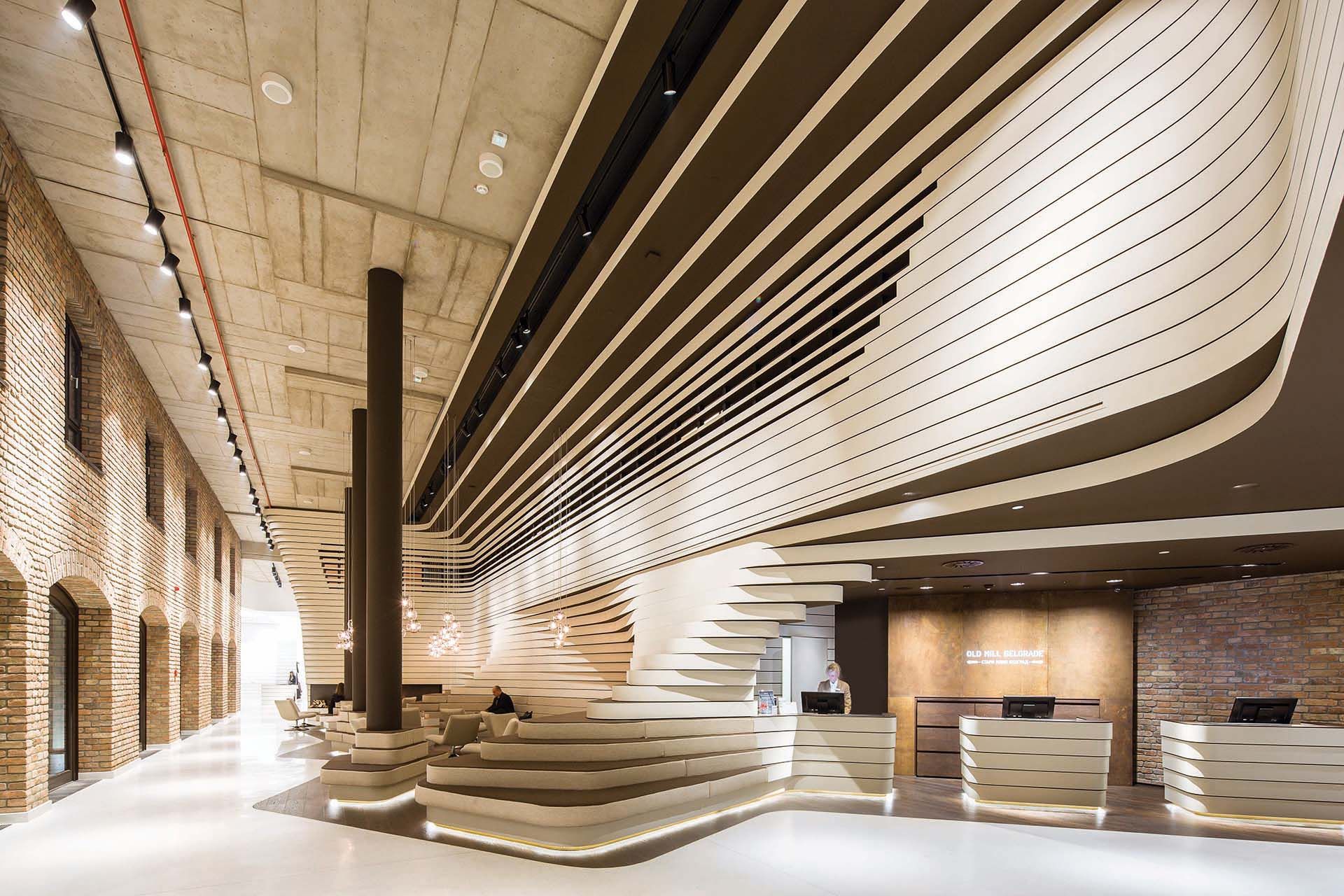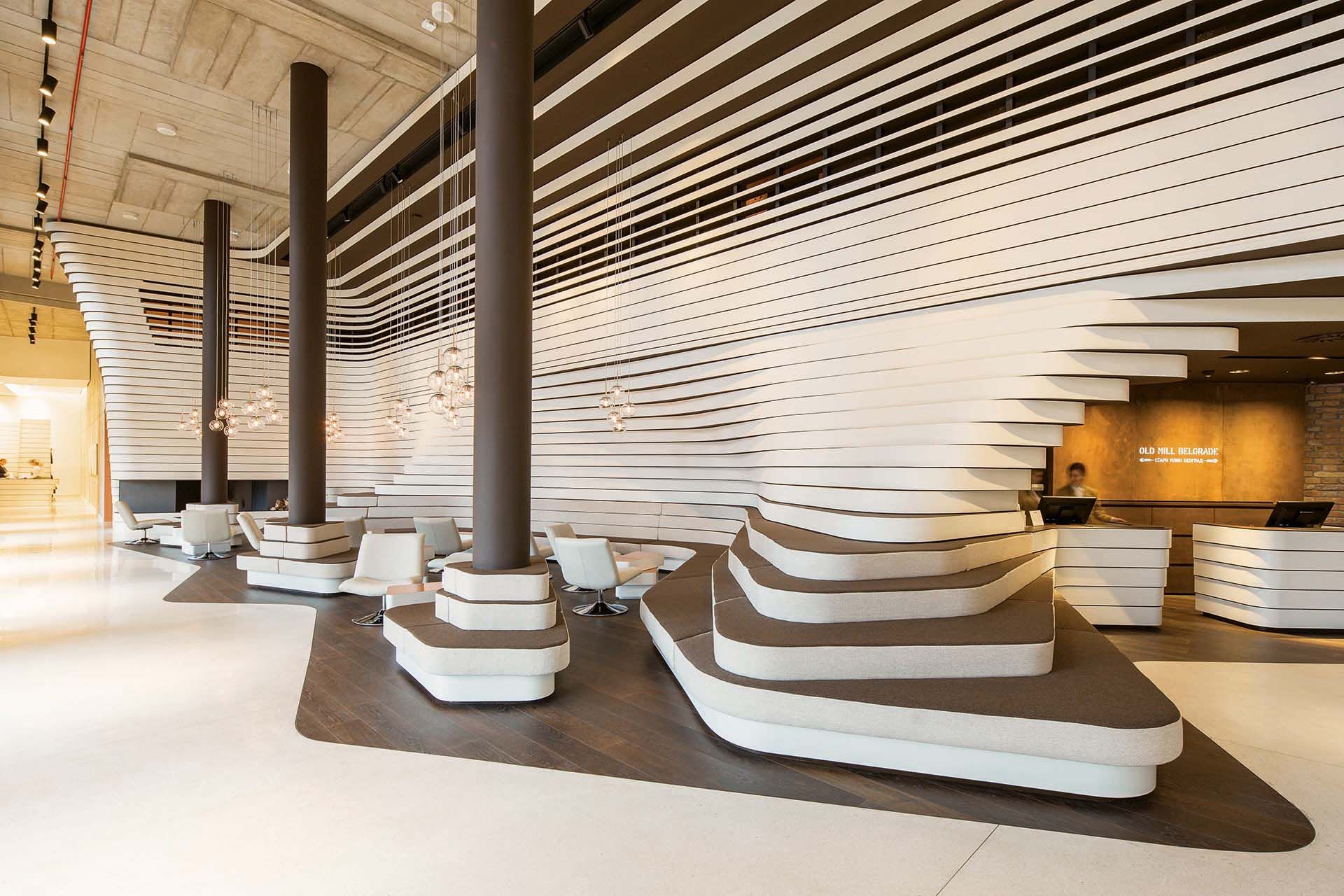The Ultra Local
Hotels and residential buildings are two architectural typologies that cater to very similar fundamental human needs, on the one hand providing shelter and privacy and on the other acting as stages for social interaction. As boundaries between the private and public blur, we are seeing a transformation of residential typologies. But have apartment buildings been learning from hotels? Or is it the other way around, as the “home away from home” slogans of hotels around the world would have us believe?
While hotels still seek to provide a sense of home, they have had to acknowledge the fact that customers are increasingly rejecting the idea of generic, repetitive design, as seen in large hotel chains in favor of a true authentic and local experience. The sharing economy, with platforms like airbnb and couchsurfing, has boosted this trend even further, merging the residential and hospitality sector into a new contemporary travel market. Now actual homes are the new hotels.
Consequently, it is not surprising that hotels have begun recalibrating their services, offering their own exclusive branded apartments linked to hotels. Similarly, apartment building concepts now come with a broad variety of “communal add-ons” such as community spaces, club rooms, communal gardens, even room service, cleaning, mail delivery, childcare facilities and kindergarten. Self-organized collectives in which families and individuals co-finance and develop their own dwellings are a further example of new trends and microexperiments that are just getting off the ground. The digital revolution of our means and tools of social interaction and communication is influencing new processes in the much slower discipline of architecture and urban development. We are growing accustomed to new ways of interacting, cooperating and organizing ourselves, sharing our experiences even across large distances in real time. In times of growing physical and psychological mobility, we expect our environments to be reactive and to enable diverse ways of living and travelling instead of dictating how we are supposed to behave.
To appeal to these new target groups, many hotels are busily shedding their image of a formal and disciplined environment and instead presenting a more welcoming and playful stage, emphasizing easy access and local anchors. Exclusivity and accessibility are no longer a contradiction. Hotels can be representative and informal at the same time. When we look at the boom in boutique hotels and the rise of diversified brands like the “Design Hotels” group, we see a successful combination of casual and luxurious design, of openness and privacy. In this respect, hotels can still be prototypes of new living concepts.
Beauty: the adjustment of all parts proportionately so that one cannot add or subtract or change without impairing the harmony of the whole
Leon Battista Alberti De re aedificatoria (1452)
By extension, we at GRAFT believe that we are going to see more innovative use concepts, maybe even buildings with no fixed “use” that can be transformed or customized according to contemporary needs. Will the increasing overlap of the realms of work, private living and travel lead to a wholesale change in the legal basis for architecture and urban planning by erasing the fundamental 20th century credo of functional separation? One thing is for sure: redefining the programmatic parameters of hotels will redefine the building typology itself.
We are observing a shift in the travel sector away from mainstream luxury concepts towards more specialized, curated experiences. New patterns of travel are emerging as today’s consumers look beyond the classic luxury icons in search of a more individualized, authentic journey. Travel and hotel experiences are being designed around specific lifestyle concepts, such as communal learning, responsible living, and ecological principles, addressing an emotional depth that can often only be offered within a highly localized context. The architecture addressing such new traveller profiles needs to follow a locally anchored narrative.
Stories are the social currency of the world and narratives want to be read, told, understood and interpreted. Stories and their narration have always been an important part of human culture. They act as guard rails for social contracts and moral behavior, and serve as tools to embed and access knowledge, truth, and memory. Architecture based on a narrative scenography follows a long tradition of opening and enabling spaces rather than creating finished products with which the owner, resident or user then merely interacts, perhaps making the odd modification or addition.
For the successful design of any hospitality development, a key aspect is tapping into the spirit of the place, its genius loci, as a means of revealing unique stories and unfolding a distinctive spatial and emotional experience. Taking this “gift of the land” as a starting point, we have the fascinating opportunity to establish new milestones in destination building in a fastchanging tourism market. By listening to what the topography suggests, by enhancing its specific qualities or contrasting them with a new concept, architects can create new and interesting hybrid destinations.
There are no passengers on spaceship earth.
We are all crew.
Marshall McLuhan
A project’s architectural language can draw inspiration from the local vernacular, making use of local materials and respecting the uniqueness of the site. Why create something new, where there is real value to be found everywhere in local contours, flavors, traditions and narratives, all of which contribute to a character that can be enhanced, contrasted, blended or fused with other design ideas that are inherently part of devising a new hospitality experience and that have to meet international expectations, demands and technological standards. We are beginning to see the emergence of a new kind of architecture that is both local and different, sustainable and dynamic, building and landscape, exhilaratingly new and yet rooted in an environment. The trick lies in successfully grafting the existing and the new into a new aesthetic experience where we can relax and learn, discovering sides of ourselves we did not know we have. Sometimes local conditions on site may at first seem like an obstacle, but they have huge potential to anchor a project.
A hotel is a “home” for a fixed duration. It allows us as guests to experiment with conceptual structures, architectures and rituals that we would not usually try at home. We can engage with people, expand our personal horizons and follow learning curves that we cannot easily access in our daily lives. For architects, it is a wonderful opportunity to be able to invent these curated experiences. A hotel is in fact a laboratory of living. We accept that we will be challenged, and hope to discover something new in ourselves through new spatial configurations that allow us to experiment with how we dwell.
Designing the entire customer experience and not just the architecture is the key to developing a holistic product or concept for an aspiring hospitality project. The experience begins within the idea of a place, long before the actual trip happens, unravels with the sequence of arrival and ends with tangible experiences that create memories that continue to resonate long after the guest is back home.


Community Commuters
In the same way that we believe hotels can celebrate living experiments and test progressive ways of dwelling in the future, we are convinced that hotels are ideal vehicles for testing and implementing new and innovative concepts of sustainability and circular economies.
Together with our experienced network of engineers and consultants we have realised multiple international projects that meet LEED, BREEAM or DGNB standards. It is our goal to create sustainable projects for the service-oriented and internationally connected community without harming natural resources, whether locally or further afield. In all our projects we incorporate our tried and tested “lean-mean-green” strategy and “cradle-to-cradle” thinking. It is important to take into account sustainable development criteria from an early stage in a project, beginning with a nature-sensitive, low-impact strategy for the placement of buildings and infrastructure. It reduces impact on the environment, increases consumer satisfaction, leads to lower life cycle costs and a higher real estate value, to mention just a few advantages.
The faster the world around us appears to accelerate and our relationship to place erodes through our increased exposure to the endless boundaries of the digital realm, the more we seek to anchor our experiences in the strength and unity of community, whether at home or when we travel. The term authenticity is already aging quickly, as it is often just a simulated local reality of a copied identity. At GRAFT, we try and engage with what we call the ultra-local, the quality that truthfully anchors a built destination into its local culture, vernacular and people. This approach not only encompasses local artisanship, building materials and techniques, but also seeks to interact with local communities, for example in the production of food, but also knowledge and craftsmanship in
the building of the new destination.
Community is formed not only through encounters at the poolside and in the restaurant, but also through a journey of engaging serendipities and discoveries throughout the destination. The rediscovery of a slow originality, sidelined in recent decades in the global race for everything-noweverywhere, can be transcended into true experiences and new aesthetic adventures, thereby creating something absolutely unique and new: a real community for a certain time and place.

